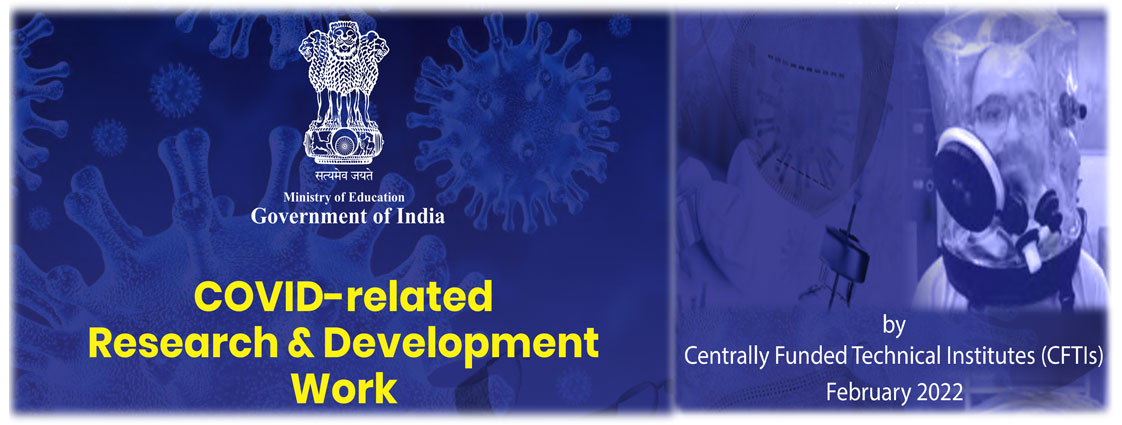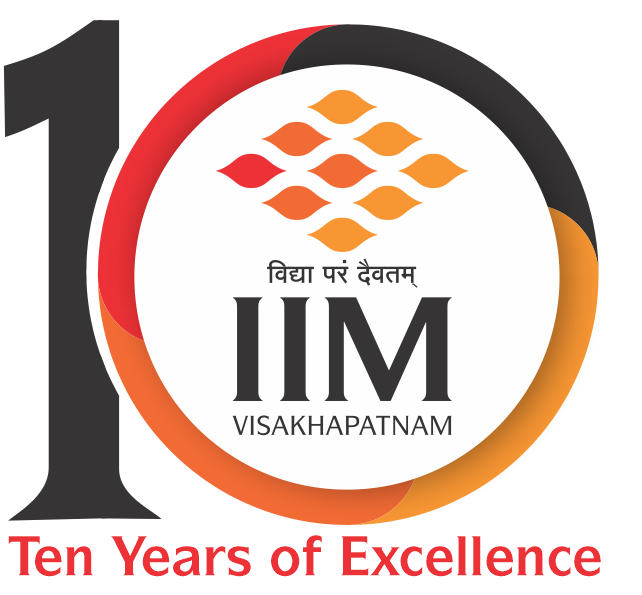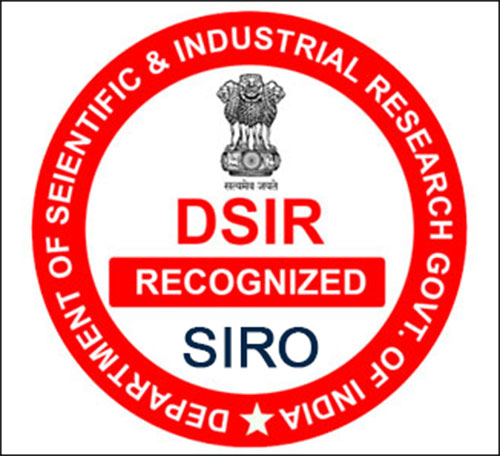
The pandemic COVID-19 triggered a demand for safety product like Masks, PPEs, Sanitizers, Hand Wash
etc. Besides these common products, the demand of the medical community for major medical devices
like RT-PCR Testing Kits, Ventilators, Oxygen Supplement, beds, mobile units was phenomenal due to vast
spread of the virus across the country. Most of these products were not adequately available. In addition,
there was an urgent need to develop alternative technology and products to meet the new challenges
posed by COVID-19
Keeping in view the urgent need of the society and the medical community, the Department of Higher
Education took stock of the research activities in CFTIs as early as in March 2020 and urged the Institutes
to come up with their new research products and innovations to meet the challenges thrown by the
COVID-19 and to meet the demand of the society.

[Submitted on 19 Nov 2020]
A Generalized Epidemiological Model for COVID-19 with Dynamic and Asymptomatic Population
Anirban Ghatak, Shivshanker Singh Patel, Soham Bonnerjee, Subhrajyoty Roy
Abstract
In this paper, we develop an extension of standard epidemiological models, suitable for COVID-19. This extension incorporates the transmission due to pre-symptomatic or asymptomatic carriers of the virus. Furthermore, this model also captures the spread of the disease due to the movement of people to/from different administrative boundaries within a country. The model describes the probabilistic rise in the number of confirmed cases due to the concomitant effects of (incipient) human transmission and multiple compartments. The associated parameters in the model can help architect the public health policy and operational management of the pandemic. For instance, this model demonstrates that increasing the testing for symptomatic patients does not have any major effect on the progression of the pandemic, but testing rate of the asymptomatic population has an extremely crucial role to play. The model is executed using the data obtained for the state of Chhattisgarh in the Republic of India. The model is shown to have significantly better predictive capability than the other epidemiological models. This model can be readily applied to any administrative boundary (state or country). Moreover, this model can be applied for any other epidemic as well.







.jpg)






